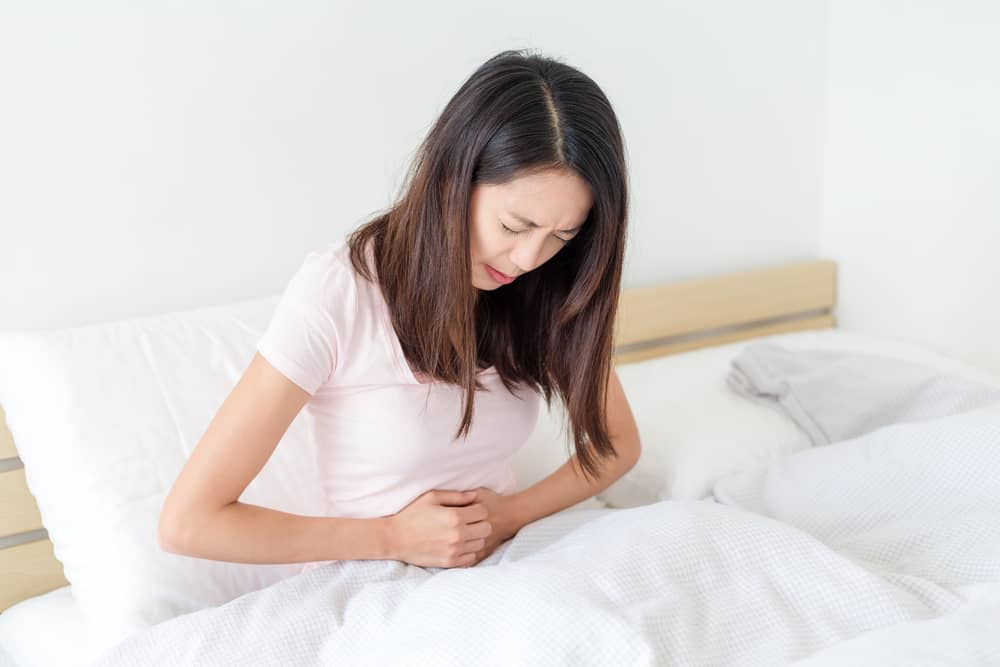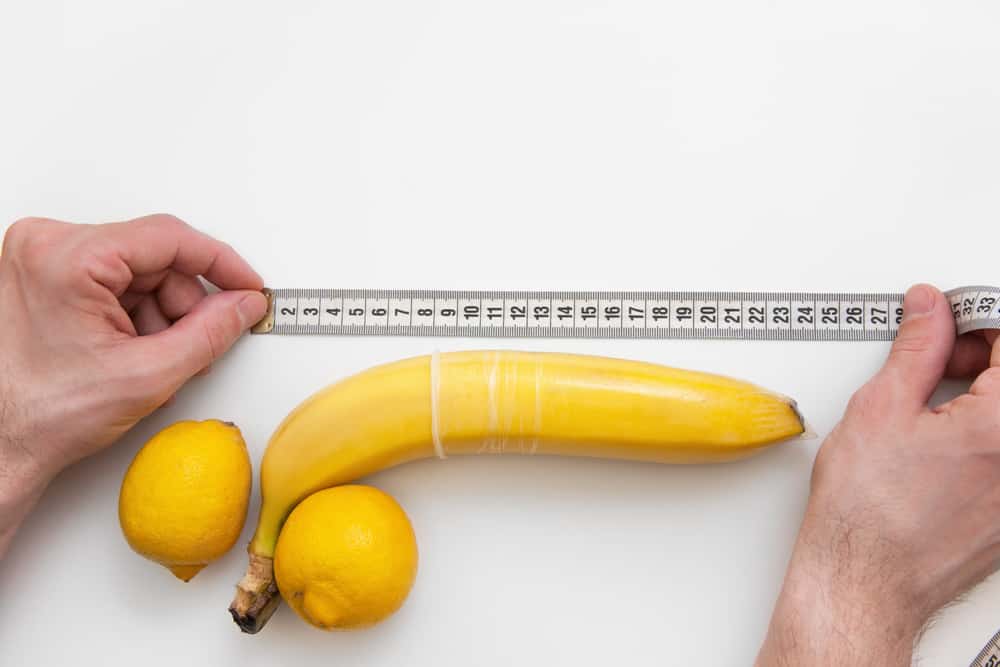Contents:
- Medical Video: Ovulation - Nucleus Health
- How can menstruation occur?
- What is your normal menstrual cycle?
- 1. Color of blood
- 2. The length of your menstrual period
- 3. Leucorrhoea
- 5. Symptoms of menstruation that occur
Medical Video: Ovulation - Nucleus Health
Every woman who has puberty generally will menstruate. However, not all women get menstruation every month. Some always arrive on time, others cannot be predicted. This is because the menstrual cycle of each woman can vary. So, what is the normal menstrual cycle like?
How can menstruation occur?
Menstruation is characterized by the decay of the lining of the uterus so that bleeding occurs from the vagina. But until this happens, there is a process that you must pass first.
At first, the ovary will release the egg to then stick to the uterine wall - waiting to be fertilized by sperm. While waiting for the arrival of sperm, the uterine wall tissue will continue to thicken in order to prepare for pregnancy. If there are incoming sperm cells, the egg can be fertilized to later develop into a fetus.
Conversely, if the egg does not go fertilized, gradually the uterine wall tissue will begin to fall out and collapse, which is released through the vagina. This process will repeat again from the beginning after your menstruation is complete.
The process of the occurrence of menstruation from beginning to end is called the menstrual cycle. Not all women have the same menstrual cycle: some are normal and regular, some are the opposite. So that you understand what the normal menstrual cycle looks like, see the following review.
What is your normal menstrual cycle?
In general, the normal menstrual cycle on average occurs every 28 days. Some have menstrual cycle around 25 to 35 days. This is still normal. You are considered to have regular menstruation if menstruation comes every 23 days or every 35 days, or anywhere between this period. Normal menstruation lasts between three and seven days.
The time of ovulation (when the ovaries release their eggs) in the normal menstrual cycle will always come on the 14th day, right in the middle of the cycle. Ovulation is also often referred to as the fertile period, when the egg is ready to be fertilized by sperm. If not, the first day of menstruation will arrive in fourteen days later.
For example like this: The first day of your menstruation falls every 5th, which means your menstruation is finished around the 12th. Thus, your previous ovulation falls around the 20th-20th of last month. While your ovulation will then come in fourteen days after the last day of your menstruation (the 12th), that is, on the 26-27 still in the same month.
Women who have a normal menstrual cycle will experience menstruation once a month, with a total of 11-13 menstrual periods in one calendar year. This menstrual cycle will continue until you enter menopause, when the body does not produce eggs anymore so you will not menstruate.
Apart from being seen from the pattern of the cycle, normal menstruation can also be seen from:
1. Color of blood
Menstrual blood is normally normal bright red like ripe cherries.Even so, how red it will vary also between one woman and the other - depending on the level of thickness or volume of blood.
Bright red is usually most visible on the first and second menstrual day, because the blood coming out at the beginning is usually still fresh and the flow is quite heavy. In the last days of menstruation, the blood that comes out will turn brown because the "age" is old. It is also possible that this blood is the remainder of the menstrual cycle last month that has not been completely shed.
2. The length of your menstrual period
Normally, woman menstruation for 3 to 7 days. However, there are some people who experience menstruation for only 2 days. Variations in the duration of menstrual periods also depend on whether or not blood is released. If it occurs for 2 days, usually more blood is released.
Menstrual periods that are not over can be caused by many things, from the use of birth control pills, adenomyosis, PCOS, thyroid disease, to excess body weight.
3. Leucorrhoea
You will usually experience vaginal discharge a few days before menstruation. Leucorrhoea is produced by the cervix and occurs in the fertile period. Leucorrhoea that comes out before normal menstruation clear white / clear, thick and sticky texture (more fluid near the fertile period), and does not smell.
5. Symptoms of menstruation that occur
Symptoms of normal menstruation, including:
- Bloated
- Cramps in the lower abdomen and back
- Difficulty sleeping
- Sensitive breasts
- Pimples appear
- Food cravings
- Mood changes
PMS symptoms usually appear several days before menstruation and stop in the first days of menstruation. The series of symptoms above are still normal, but if they occur more severely and tend to inhibit daily activity (or even a tendency to depression) it might indicate you have PMDD.
If you experience vaginal bleeding outside the menstrual cycle, menstrual blood discoloration, abnormal vaginal discharge, extreme pain, and irregular menstrual cycles outside the use of family planning, see your doctor immediately. The possibility of a cycle change is influenced by certain medical conditions.













